Ever more Russian reserves and national parks use wildlife cameras in their work. Population of trail cameras used in the Russian protected areas comprises hundreds of devices, meanwhile their science departments obtained unique long experience. How to choose the best camera trap model; what are the secrets of the right placement around the surveyed territory; what methods of processing high volumes of photomaterials are the best for scientific research? The training «Use of camera traps for monitoring and research studies of wild animals population», which is taking place on the basis of Sikhote-Alin Nature Reserve and the Wildlife Conservation Society (WCS), addressed precisely these issues. The first day of work was devoted to discussion of equipment and methods used for proper mounting of camera traps in the habitat of the surveyed animals. The reserve and national park research assistants from across the country were able to personally get acquainted with the most modern camera traps. The experts from Sorokoput LLC prepared an extensive report on wildlife cameras and expand on product innovations released by Reconyx, Bushnell, Bolymedia, LTL-Acorn, and Seelock in 2016. A result of comparative analysis of popular models was also presented.
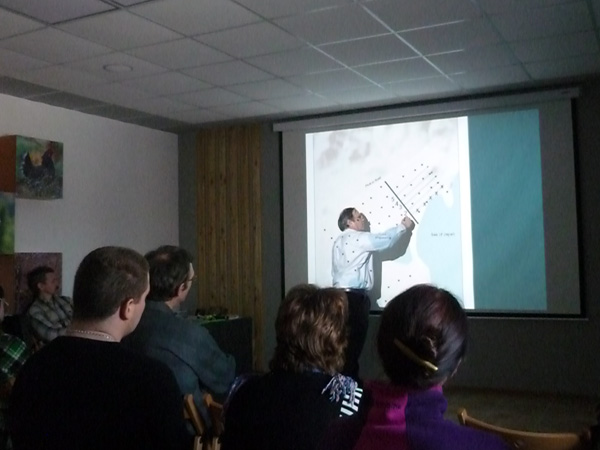
Dale Miquelle, the director of WCS Russia, shared the «matrix» model of work with multiple camera traps, which proved itself during the study of Amur tigers. To solidify the knowledge, there was a practical workshop on camera trap installation techniques – the training participants mounted 26 camera traps in 1.2 km² model forest area.
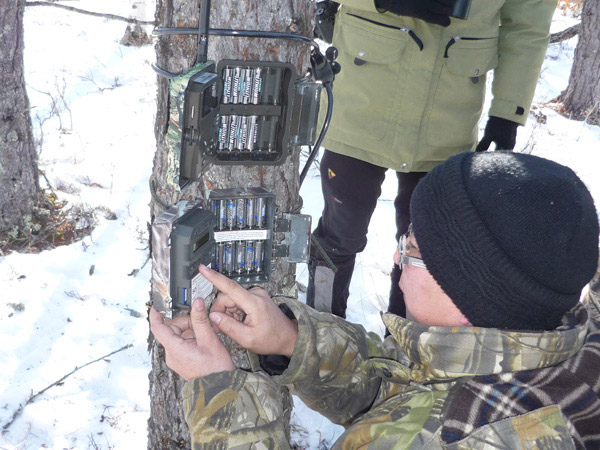
In the framework of a week event, the experts will share the photo traps user experience, discuss methods of working with CPW Photo Warehouse database and SPACECAP analysis system; nearer to the end of the training they will finish their work with the camera traps installed on the first day, upload the received data in the database, and analyze the density of spotted deer population within the model area.
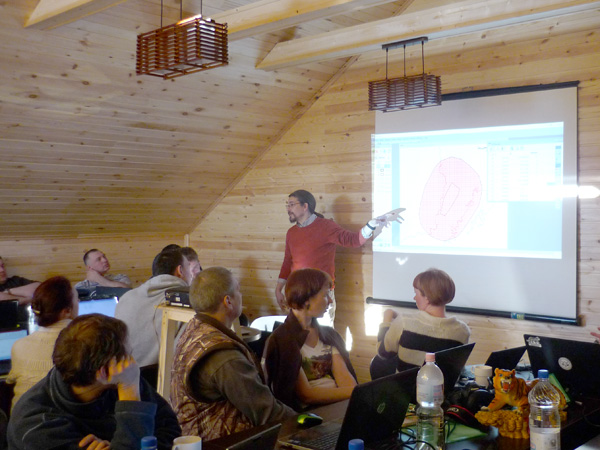
Trainings on camera traps are a powerful tool to enhance qualification of protected areas stuff allowing improving performance of science departments and successfully sharing the best practices of working with such devices.




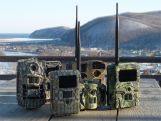
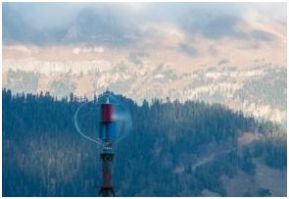 Solar-wind power system at weather station 'Dzhuga'
Solar-wind power system at weather station 'Dzhuga'
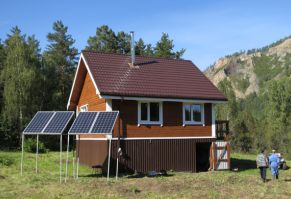 ‘Cordon-200’ energysystematcordon Synzhul
‘Cordon-200’ energysystematcordon Synzhul



